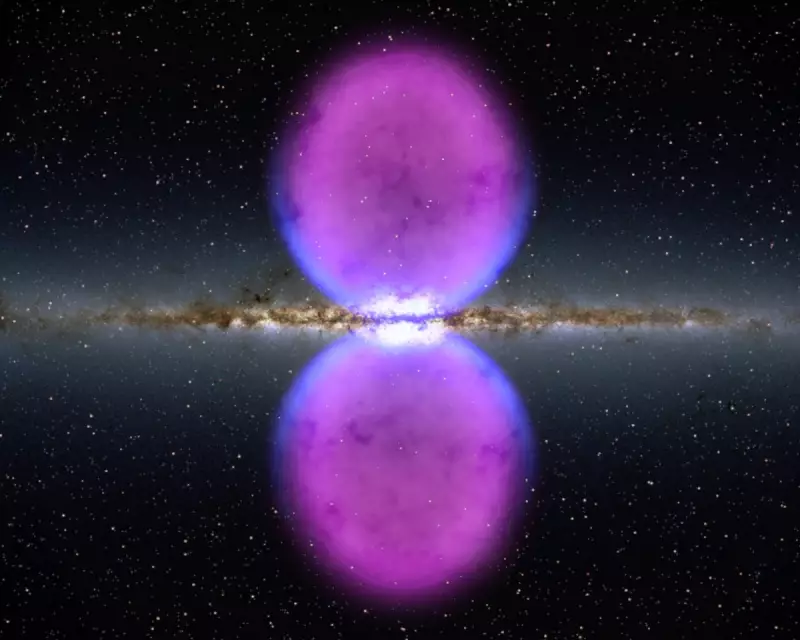
Potential Breakthrough in Century-Long Dark Matter Search
Astrophysicists may have glimpsed the first direct evidence of dark matter, the mysterious substance that makes up more than a quarter of our universe yet has remained invisible to detection for nearly a century. A groundbreaking new study from the University of Tokyo suggests that a specific pattern of gamma rays emanating from the heart of our galaxy bears the distinctive signature of this elusive material.
Professor Tomonori Totani, the astrophysicist behind the research, described the findings as potentially marking a crucial breakthrough in the decades-long quest to understand dark matter's true nature. His analysis, published in the Journal of Cosmology and Astroparticle Physics, points to gamma-ray emissions that closely match the predicted shape and behaviour of dark matter annihilating in space.
The Hunt for an Invisible Cosmic Web
The concept of dark matter was first proposed in the 1930s by Swiss astronomer Fritz Zwicky, who observed that distant galaxies were spinning at speeds that their visible mass could not account for. This led to the theory of an invisible substance that neither emits nor absorbs light but exerts a powerful gravitational pull on the galaxies it surrounds.
Since then, scientists have employed everything from ground-based detectors and space telescopes to the vast Large Hadron Collider near Geneva in their search. One prevailing theory suggests dark matter consists of Weakly Interacting Massive Particles (WIMPs), which are heavier than protons but barely interact with normal matter. When two WIMPs collide, they annihilate each other, releasing a burst of gamma-ray radiation.
Professor Totani focused his investigation on this very phenomenon. By analysing data from NASA's Fermi Gamma-ray Space Telescope, he identified a pattern of gamma rays that appeared to align perfectly with the spherical dark matter halo theorised to envelop the centre of the Milky Way.
A Cautious Scientific Reception
While the potential implications are profound, the scientific community is urging caution. The study suggests that if Totani has indeed observed dark matter, it would be composed of elementary particles approximately 500 times more massive than a proton.
However, other astrophysical processes could potentially produce similar signals. Professor Justin Read from the University of Surrey pointed out that the lack of significant gamma-ray signals from dwarf galaxies strongly argues against the dark matter particle annihilation explanation.
Echoing this sentiment, Professor Kinwah Wu, a theoretical astrophysicist at UCL, stated that while he appreciates the author's dedication, "extraordinary evidence for an extraordinary claim" is required. He noted that the current analysis, while encouraging, has not yet reached this definitive status.
Professor Totani himself acknowledges that more work is essential. He identified that the decisive factor for confirmation would be detecting gamma rays with the same spectral signature from other regions of space, such as dwarf galaxies. For now, the search for conclusive proof of dark matter continues, but this new research provides a compelling and hopeful new direction.





